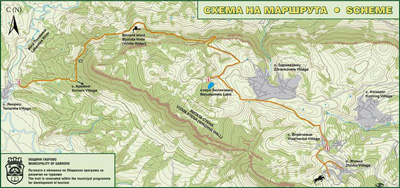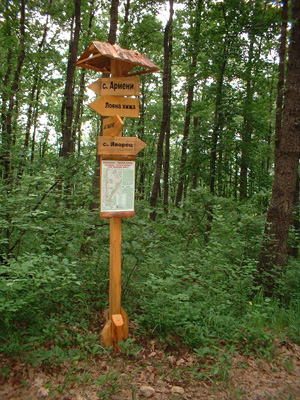
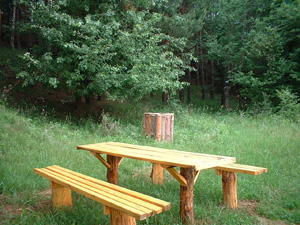
The point of departure for this eco path is the centre of the village of Yavorets (17 km away from Gabrovo, on the road to Sevlievo). Passing through vineyards, the path goes east of the village to the junction for the village of Armeni, and then continues north. To the Hunters’ lodge it follows the asphalt road and then crosses forests and clearings. After the Hunters’ Lodge, the path makes a wide turn, going round the rock crown of the Winding Wall, and then climbs east. It gets to the White Water (Byalata voda) where there is a rest area and drinking water. From here, there is a spectacular view of the nearby villages. For some time, the path goes along the ridge of the karst plateau Strazhata and then goes down south-east to Belyakovets Lake and the village of Zdravkovets. There are rest areas near the lake, with tables, benches and arbours. The path continues to the village of Vlaychevtsi. Beyond the village, there is an open-air riding school equipped with all the necessary facilities. You can rent horses from the village of Zhivko. Beyond the village of Zhivko, you can climb up the rock crown and admire the breath-taking views of the surrounding area, the clearings and the peaks.
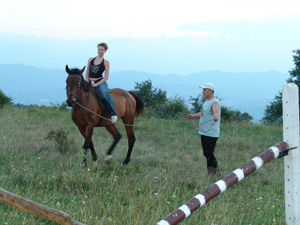
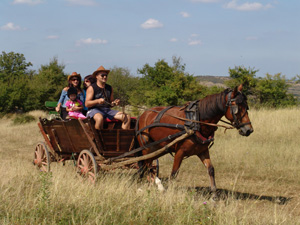
The route is of average difficulty and is suitable for hiking, riding and cycling.
At the end of the eco path, you can enjoy the hospitality of the guest-houses in the villages of Zdravkovets and Zhivko, as well as the village of Kozirog which is just a bit further.
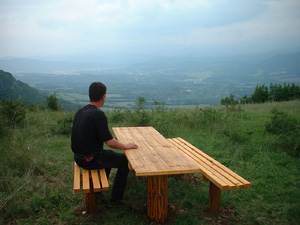
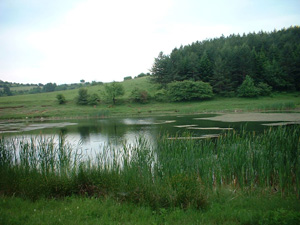
“Strazhata (the sentry)” is the biggest karst plateau, located between Sevlievo, Dryanovo and Gabrovo. To the northwest it ends with the arch-shaped ‘Vitata Stena (the winding wall)’ (702 m). From the almost vertical rock crown, you can enjoy the picturesque panoramic view in all directions, in all seasons
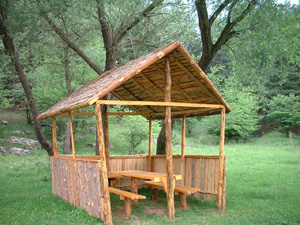
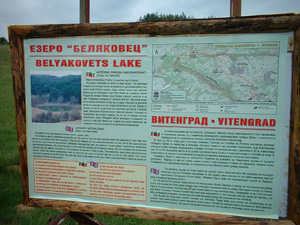
As long ago as in ancient times, the place was appreciated for its strategic location. Primitive people found shelter in the caves up on the rock crown and left fragments of pots and other objects made of bone. On the barren edge of the rock, the Thracians (6th – 5th century BC) built fortifications of crumbled stone glued together with mud. On the orders of the Roman Emperors in the 2nd – 4th century AD, the fortified Thracian settlement was turned into a stronghold for the protection of the nearby road coming from the Danube. The Roman-Byzantine fortress on the Winding Wall survived into the 6th century when our ancestors, the Slavs and Proto-Bulgarians came to these lands, to flourish in the 12th – 14th century as a centre of nobility during the Second Bulgarian Kingdom
